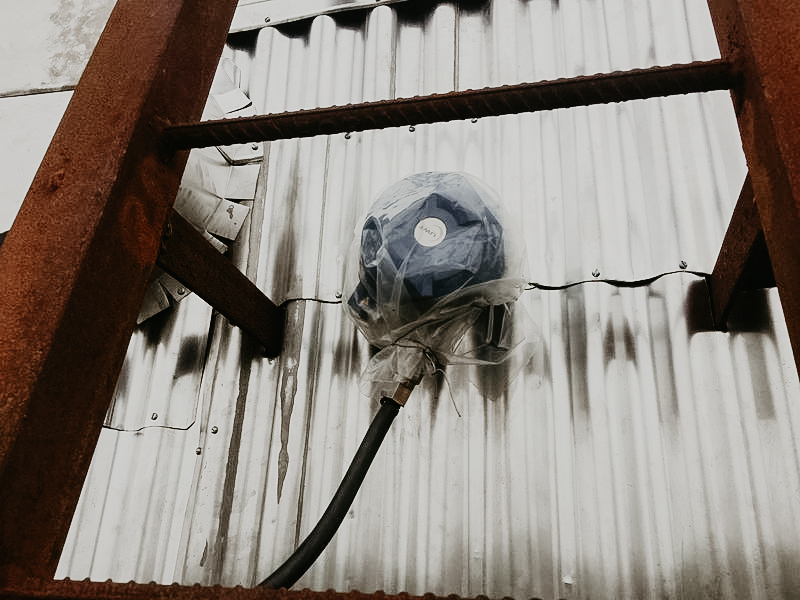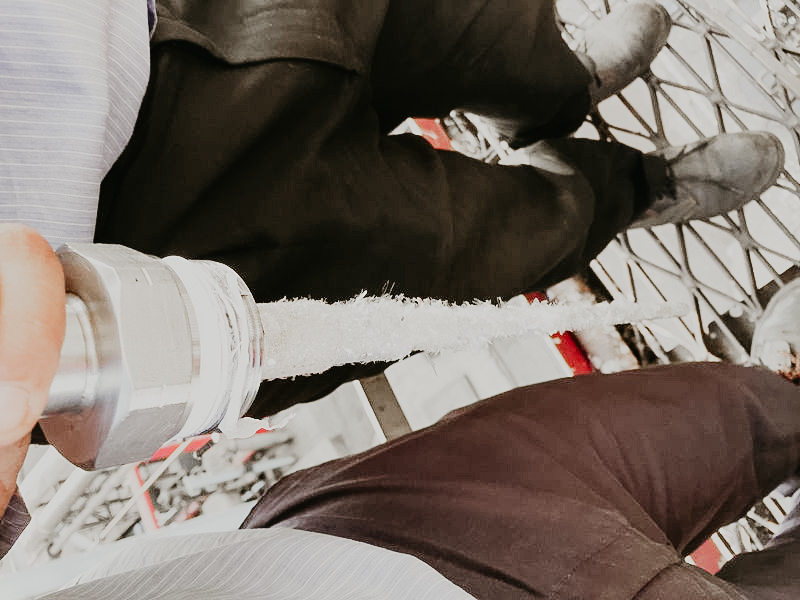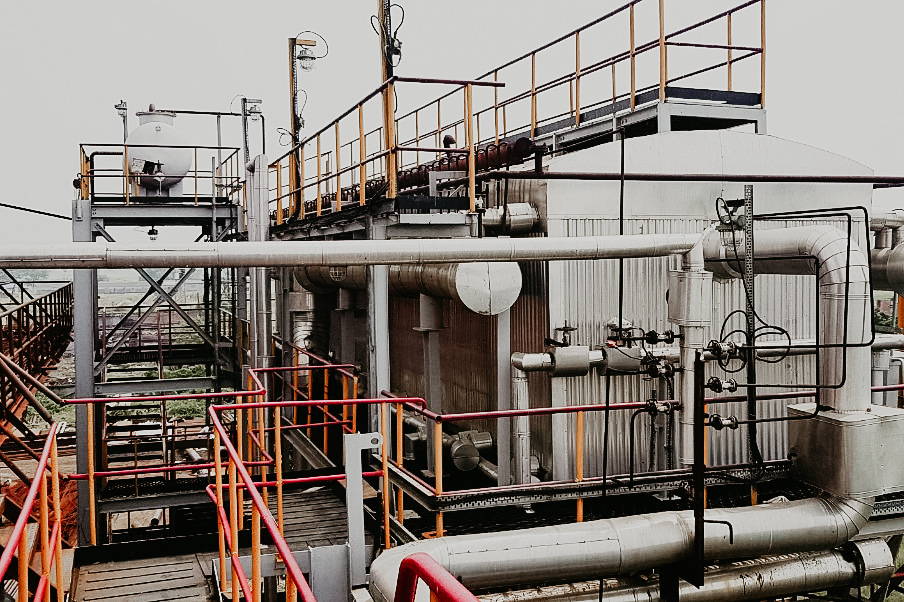Precision & process compatibility through adaptable point level detection
Since the 1990s, the chemical manufacturer, as one of the worlds fully integrated specialty carbon companies in Kolkata, mainly processes naphthalene derivatives in addition to carbon, coal tar, pitch and special oils. Over the years, the company has established itself as one of the largest global value chains in the carbon segment and is India’s leading conglomerate for specialty chemicals. In addition to the headquarters in Kolkata, there are several production facilities in India and a production unit in China. Since the use of para-dichlorobenzene as a pesticide is prohibited in India, the mothballs that are very popular there are often made from naphthalene. The small to medium-sized balls contain the smell of a deodorant and are used to store clothing and objects that can be damaged by mold or moth larvae. In addition, naphthalene is still a common repellent to keep mice, snakes or other parasites away. The colorless material is primarily obtained by working up the petroleum fractions. As a combustion product of organic materials, naphthalene occurs in low concentrations almost everywhere in the environment and can be used as a contaminant, e.g. in carbon blacks, which are used for blackening, and in mineral oils, which are used as plasticizers. Another application is in the production of solvents, plastics, fuel additives and insecticides.

In the liquid state, naphthalene is an aggressive substance that quickly corrodes common materials. If it becomes firmer as it cools down, it tends to become heavily attached. For the individual tanks with liquid naphthalene, the system operator therefore needed reliable and robust level monitoring, which can be flexibly adapted to the fluctuating ambient conditions. Tests carried out by Sumit Majumder, Managing Director of UWT India and his team with various sensors quickly made it clear that the tanks can be constantly monitored using the capacitance measuring principle of the robust RFnivo® probe. It was decisive for the reliable measurement results and a safe overfill protection in this installation that the sensor has an appropriate approach compensation. The RF series are adaptable rod probes, which due to their design do not require any temperature-restricting components for media detection and can therefore be used smoothly in processes up to 500 °C. They work with the capacitive measuring principle, whereby the capacitance is measured regardless of the length of the sensor of the medium between the probe tip and the container wall.

What is important to the operator?
The RFnivo® calibrated itself after mounting and wiring in the box after power was applied. The operator had to do nothing further but set the signal output in the Qickstart menu after its application. If an RFnivo® is used in an application to which the supply voltage has already been applied, only the calibration button needs to be pressed after installation in the container. The probe automatically adjusts to the new application. Thus, the calibration of the RFnivo® is easily performed. For “diehard” RF probe operators, there is also a powerful manual and menu-driven calibration. This ultimately leads to the same result as the automatic calibration.

The universal voltage electronics are clearly equipped with a display and 3 control buttons and provide a DPDT signal output for signal evaluation. During operation, the display will always show the capacity measured at the moment. Parameters such as FSH (fail save high) and FSL (fail save low) as well as reaction time of the signal output can be clearly arranged in a quick start menu. A test button allows the manual start of a self-diagnosis of the sensor. If required, an automatic self-diagnosis can be set, which then regularly checks the correct function of the RFnivo® and activates the failsafe in case of error. This self-diagnostic runs in the background without affecting the function of the probe in the application. So a simple operating system was integrated into the capacitance limit switch, which can be easily operated.
More solutions with the capacitance series for level measurement in liquids, pastes and foams
After gaining valuable experience within liquids applications, UWT has expanded its portfolio to include compatible solutions for all liquids, pastes and foams. The RFnivo® 8000 series was included in the RFnivo® level switch series, which is especially suitable for the detection of pasty, adhesive and corrosive liquids as well as for foam detection. It can also be used for interface measurement of different liquids or sludges and is with WHG and according to Lloyd’s Register certified. The compressive strength of this RF version is up to 35bar. The optionally available PFA coating also provides improved chemical resistance. The devices are equipped with encapsulated electronics and work with the innovative Inverse Frequency Shift Technology, which allows a very precise sensitivity adjustment to the medium. Due to the variation of versions with rod and tube extensions, the sensors can be easily adjusted to the respective container conditions and installation situation.

Source of Article



